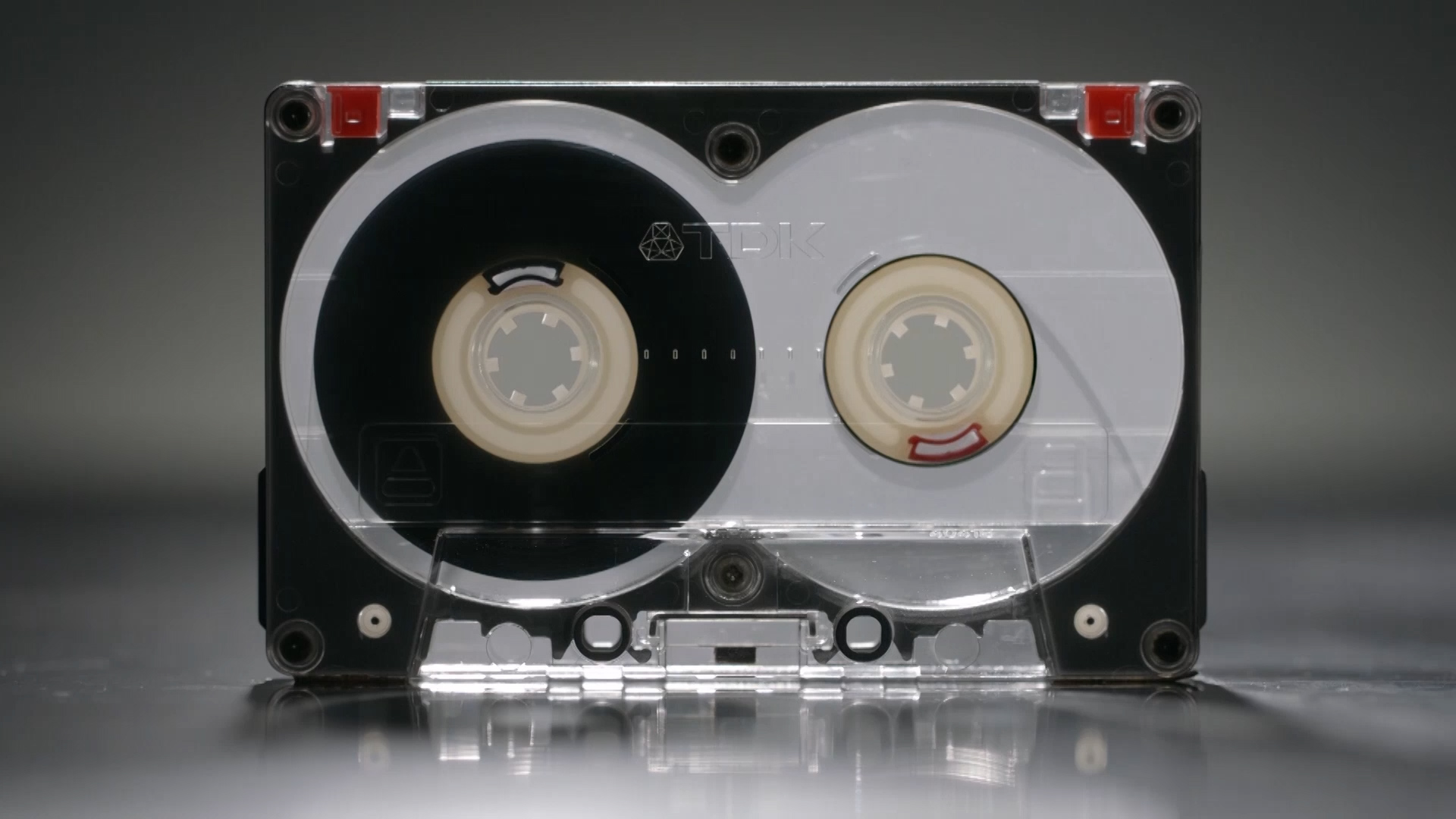
Sound of Success:
How One Company Transformed the Cassette Tape and Music Industry
TDK’s innovations in cassette tapes revolutionized the music industry, leaving a lasting impact on our daily soundtrack.
In the 1960s, the creation of cassette tapes produced specifically for music recording revolutionized the way we listen to the world around us. TDK, established in 1935 by Kenzo Saito in Japan and formerly known as Tokyo Denki Kagaku Kogyo, significantly advanced this technology. The company’s initial focus was on the commercial production of ferrite, a magnetic material that could be used in a wide range of applications.
One of TDK’s business arms was involved in the production of magnetic tapes, which were primarily used to record speech for radio broadcasters. Given the niche nature of the market and the limited demand, this sector ultimately proved unprofitable for TDK. The team’s general manager at the time, Yutaka Otoshi, was pressured to either improve performance or shutter the tapes business. Unwilling to give up on the product’s potential, Otoshi instead came up with an idea—to develop a cassette that could be used to record music.

A Symphony of Innovation
To turn this vision into a reality, Otoshi’s team set themselves a goal: to accurately record Felix Mendelssohn’s Violin Concerto in E Minor Op. 64 on tape. Featuring a wide range of tones, the team believed that a high-quality recording of this concerto would signify their successful reinvention of the cassette tape for the home consumer market.
There was, however, a challenge ahead; measuring just 3.81mm, the standard magnetic tape was not wide enough to capture the full range of high to low pitches in Mendelssohn’s concerto. After researching different methods to overcome this obstacle, the team concluded that they could arrange fine magnetic material on the tape to increase its retention capabilities, thereby enabling the recording of a wide sound range.
Guided by a fierce will to create what they believed would be a world-changing product, Otoshi and his team reached out to another Japanese company that had the technological capability to produce fine particles of high purity. The joint innovation between the companies led to the development of a fine needle-shaped magnetic material that, when arranged on cassette tape, could capture the full grandeur of Mendelssohn’s Violin Concerto.

An Astronomical Leap
Using the fine magnetic material, TDK launched their debut cassette tape for music recording, the first Japanese-manufactured music cassette tape. Looking to grow and cement its reputation overseas, the company made the bold move to debut this product in the United States, a highly discerning market with a rich musical history.
Before the widespread use of cassette tapes, music recording predominantly relied on phonograph records and open-reel tapes, which required bulky and costly equipment. Now, with the ability to record on compact and easily portable cassette tapes, the music industry experienced a paradigm shift.
The cassette tapes became an instant hit with the music industry. With the explosive popularity of this medium, major consumer electronic makers started developing equipment compatible with the emerging cassette format, including TDK’s cassettes. In 1968, following a successful product showcase at the Consumer Electronics Show in New York City, TDK received a request from NASA to use its tapes on board Apollo 11. This mission brought the company to a new frontier, one that took it all the way to the moon.
Back on Earth, TDK advanced the industry further with the invention of Super Avilyn, a high-quality magnetic material that improved the audio quality of music recordings. To meet the growing global demand, TDK set up the world’s first integrated tape-production plant. The company leveraged state-of-the-art robotic technology to create its Ideal Production System—a streamlined manufacturing line that could assemble a cassette tape in just half a second. With this highly optimized production system, TDK was able to bring its cassette tapes to audiences around the world, making it possible for music fans to listen to their favorite tracks anytime, anywhere.
Creating Value for the World
TDK’s innovative efforts marked a watershed moment for music both as an art form and as an industry. Once available to only the most dedicated and passionate music fans, grand symphonies such as Mendelssohn’s Violin Concerto became accessible to all with the advent of TDK’s cassette tapes.
The company’s journey to becoming a household name known for its cassettes reflects its unwavering venture spirit. The innovations in cassette tapes for music recording showcased not only the company’s creativity and expertise but also its openness to engage and innovate with industry partners, helping them produce a boundary-breaking product.

TDK’s visionary approach to product design, emphasis on open innovation, and foresight to manufacture and market with a global audience in mind transformed a humble strip of magnetic tape into a product that became synonymous with music. These principles are reflected in the company’s venture spirit—an attitude of bold exploration and customer-focused innovation—and continue to drive TDK forward on its path to develop new sectors and products that aim to change the world for the better.




